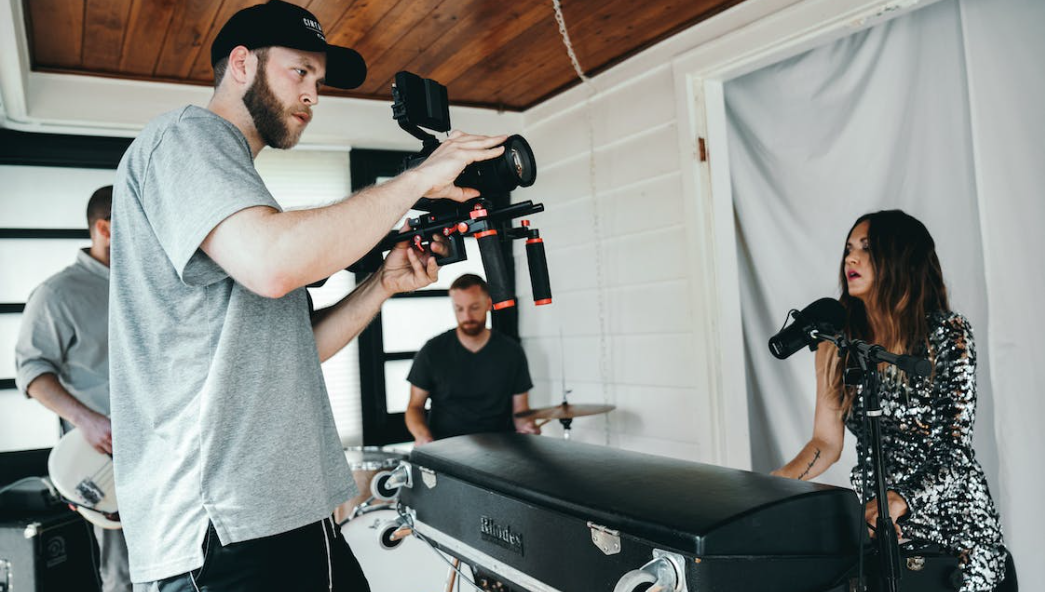The Art of Costume Design: Fashion Tips for Creating Memorable Film Characters
When we think of our favorite movie characters, we often remember them not just for their charisma or dialogue but also for their iconic costumes. Whether it’s the sleek, black suit of James Bond or the vibrant, eccentric outfits of Willy Wonka, costumes play a vital role in defining and breathing life into these characters. Moreover, wearing Rolex Daytona watches on screen has become a timeless trend. In this article, we’ll delve into the fascinating world of costume design in film and offer fashion tips for creating memorable characters.
The Power of Costume Design
- Costume designers are the unsung heroes of the film industry, transforming ordinary actors into extraordinary characters. Here’s why costume design is such a crucial element of filmmaking:
- Character Expression: Costumes are a visual language that conveys important information about a character. Whether it’s a historical drama, a fantasy epic, or a contemporary romance, costumes communicate a character’s personality, social status, profession, and more.
- Storytelling Tool: Costumes can help propel the plot forward. A change in a character’s attire can signify character development, a change in circumstances, or a pivotal moment in the story.
- Aesthetic Appeal: Well-designed costumes add to the overall visual appeal of a film. They contribute to the film’s atmosphere, creating a sense of time and place.
- Immersive Experience: When costumes are thoughtfully designed and historically accurate, they transport viewers into the world of the film, enhancing the suspension of disbelief.
Fashion Tips for Costume Design
Costume design is a blend of creativity, storytelling, and fashion expertise. Here are some fashion tips for costume designers and enthusiasts interested in creating memorable film characters:
- Character Analysis: Begin by deeply understanding the character you’re designing for. What is their backstory? What are their motivations and personality traits? This will guide your costume choices.
- Research: Thoroughly research the time period, culture, and social context of the film. Accurate historical or cultural details can add depth to a character’s costume.
- Silhouette and Proportions: Pay attention to the character’s silhouette. The shape of the clothing should reflect their personality. For example, a heroic figure might have a strong, bold silhouette, while a shy character may have a softer, more delicate one.
- Color Psychology: Colors can convey emotions and symbolize themes. Consider the psychological impact of colors on the audience and choose them wisely to complement the character.
- Texture and Fabric: The choice of fabric can communicate tactile information about the character. Soft, flowing fabrics might suggest vulnerability, while textured, robust materials convey strength.
- Costume Evolution: Plan how the character’s costume might change throughout the film to reflect their journey or character development. This evolution can be subtle or dramatic, depending on the narrative.
- Functionality: Consider the practicality of the costume, especially if the character engages in action scenes. It should allow for movement and comfort without compromising style.
- Collaboration: Costume designers often collaborate closely with directors, production designers, and actors to ensure that the costume aligns with the overall vision of the film. Keep an eye on current fashion trends and innovations in costume design. Staying informed about new materials and techniques can enhance your creative toolbox.

In Conclusion
Costume design in film is an art form that combines storytelling, fashion expertise, and creative vision. It’s a testament to the power of clothing to transform actors into unforgettable characters. The next time you watch a film, pay attention to the costumes, and you’ll discover a hidden layer of storytelling that adds depth and richness to the cinematic experience. Whether you’re a budding costume designer or simply an appreciative moviegoer, understanding the art of costume design enriches your connection to the world of film.

